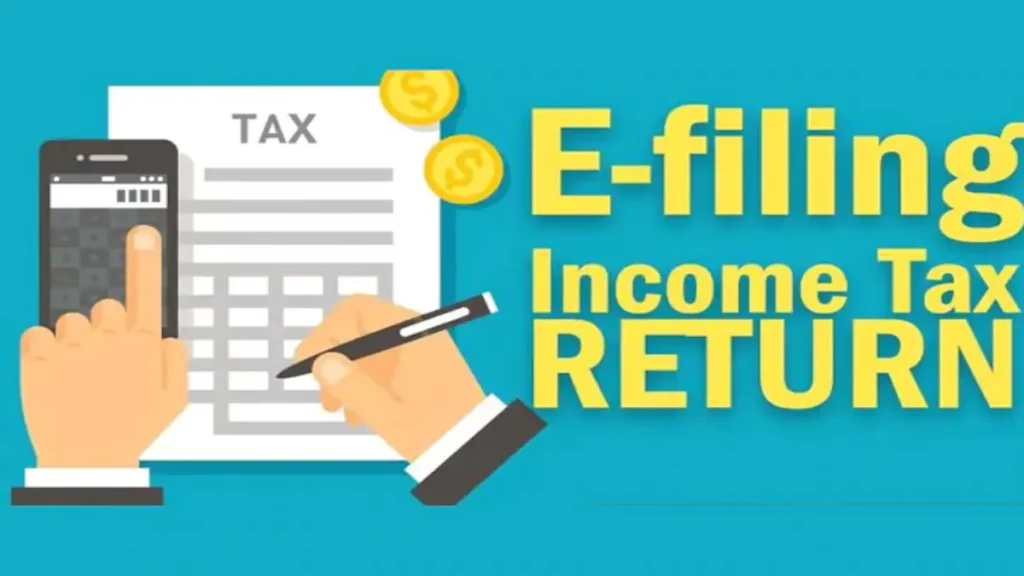Form 16 can be termed as Salary TDS (Tax Deducted at Source) Certificate that an employer issue to you for the TDS deducted. Form 16 is an Income tax form, used by the companies to provide their salaried employee’s information on the tax deducted.
As soon as the income from your salary for the financial year exceeds the basic exemption limit, the employer is required to deduct TDS. The deducted amount is to be deposited to the Government.
After deducting TDS from the salary, the employer is required to give a certificate to the employee consisting of the details. This certificate is known as Form 16.
It consists of two parts i.e. Part A and Part B. Part A consists of details about the employer & employee, name and address, PAN and TAN details, TDS deducted & deposited, etc. And Part B consists of details related to other income, deductions allowed, etc.
